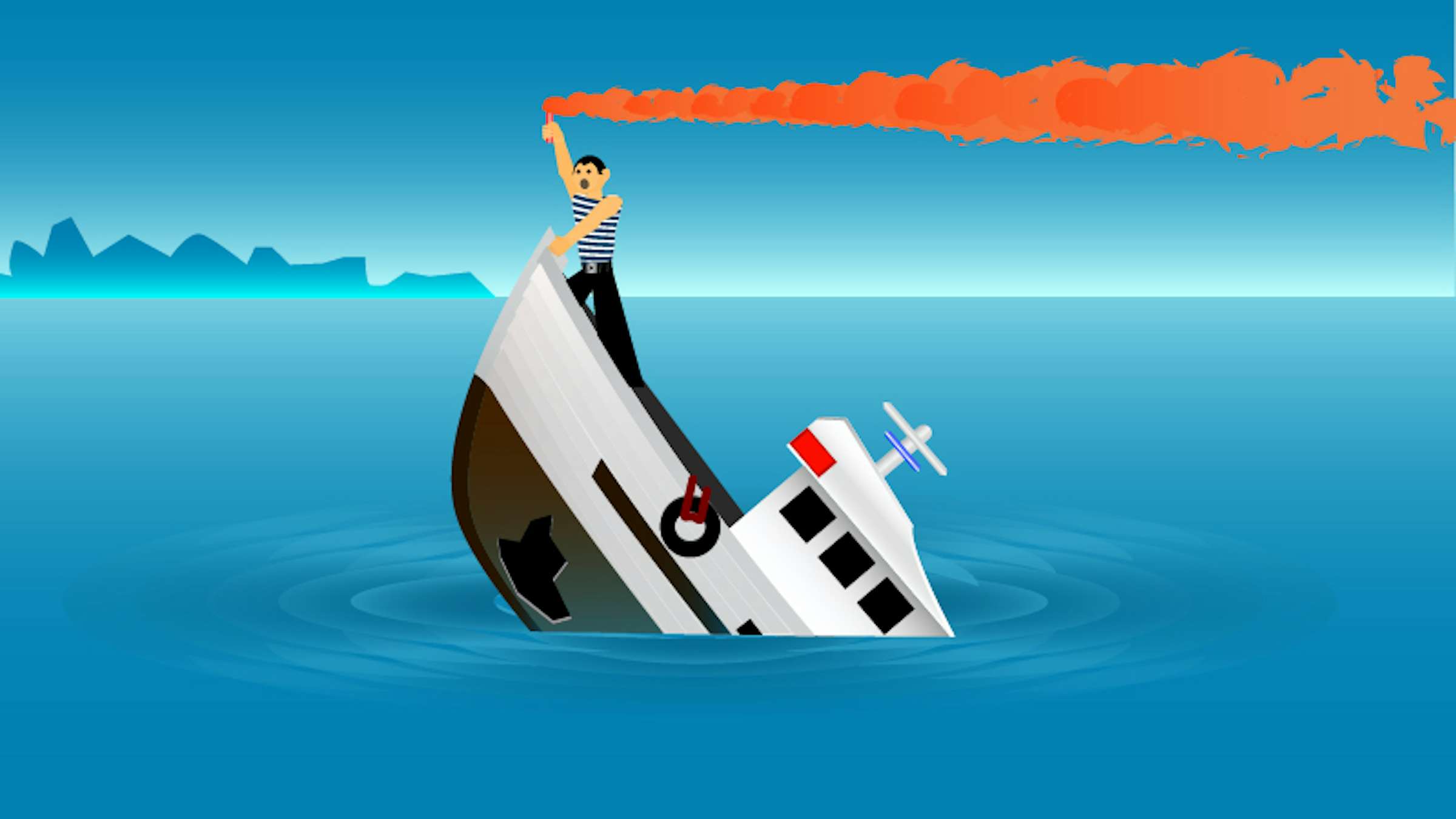
In favour of flares
There are just some things you need to know if you are going to be out enjoying the great New Zealand outdoors. How to operate a flare is one of them. Flares are an effective device for signalling distress and showing your position - they're highly visible on the water and from the air.
Mastering this way of communicating distress brings some peace of mind, not just for you, but also those on board your boat, and your special people on shore. A flare is not just a “nice to have”. Maritime New Zealand recommend that all pleasure boats carry visual distress flares as well as a water-proof held-held VHS radio.
If you are about to operate a flare it’s important to make that as effective as possible - because each flare burns only for a short time, you should try to maximise the chances of your flare being seen. Before you even think of setting one off ensure you are familiar with their operating instructions and, if they’re to be of use, they need to be stored properly (they have a use-by date too by the way). And remember, flares are only useful when seen by someone who can give help or alert others.
Take time to check out this YouTube clip for information about flares (and additional information on other distress signals) - it’s a four-minute watch full of hugely valuable information.
The team at Maritime New Zealand is keen to get the message out there early in the piece, that you must not set off flares unless you are in distress - or at an organised training session. Misuse of distress signals is actually a criminal offense.
Back to flare usage… here’s how Maritime New Zealand and Boaties Best Mate sites suggest you fire them:
- Hold the flare to the leeward side of your boat before firing. Flares burn with extreme heat and can easily damage your boat or life raft
- Fire only one flare at a time and keep the other flares until you need them. If you see a searching aircraft or boat, you can use your remaining flares to attract attention
- Point them away from yourself, anyone else, and the superstructure of the boat
- Flares are extremely bright, and you should not look directly at the light as it will damage your eyesight
- If you have parachute flares, fire them downwind, not into the wind, and at a 15-20 degree angle off vertical.
The reference to the “parachute flares” above suggests there are various types of flares - this is the case. There are orange smoke flares (only effective during the daytime); red handheld flares that are good for day and night (very bright, burn for up to a minute, and are visible from aircraft); and red parachute or rocket flares that are capable of attracting attention in daylight and at night (the flare is launched up to 300m and burns for 40-60 seconds as it descends slowly under a parachute. They can be seen in daylight for up to 16 kilometres, and up to about 65 kilometres at night.)
The safe skipper site offers some additional pointers, such as being aware that handheld flares get very hot - it’s smart to keep a pair of gloves in the flare container to prevent burns. All crew should know the location of the flares on board and how to operate them.
Think you could benefit from a “using a flare” demonstration? Coastguard has that covered.
Coastguard Boating Education holds flare demonstration and training exercises from time to time around the country. These act as a training session for new recruits to Coastguard and for boat owners, highlighting the importance of carrying flares and knowing how to use them. They are also a good way for people to see how flares work and the effectiveness of the different types available in New Zealand.
Or, get yourself sorted with a Day Skipper course to learn about flares and heaps more. There’s even a discount for Coastguard members! Check out the Boaties Best Mate site where there’s a link to booking such a course.
Remember to be aware of your flares’ expiry dates. It’s also important to note that expired flares must be disposed of appropriately. Call your local marine equipment supplier, or police on 105, to discuss the best process for their disposal. Do not take flares to a police station and do not incinerate them or put them in the rubbish. If they ignite, they can cause fires, injury or burns. Flares are all about keeping you safe, so dispose of them wisely as well as using them wisely.
Looking for the right cover on the water in New Zealand in 2022?
No matter what your plans are on the water in 2022, Mariner Insurance is here to support you. We have been offering Kiwis specialist marine insurance in New Zealand for over a decade with cover for all types of boats and watercraft. Just talk to us about what you’re doing on the water, and we can tailor one of our insurance policies to fit.